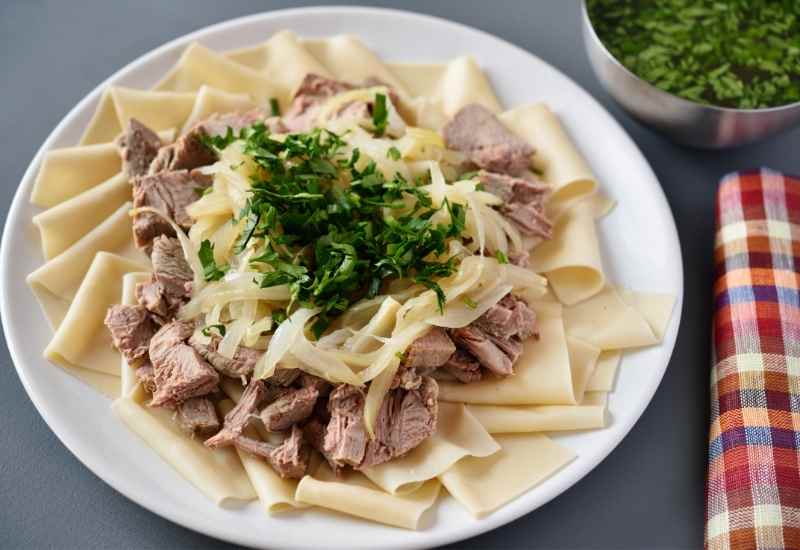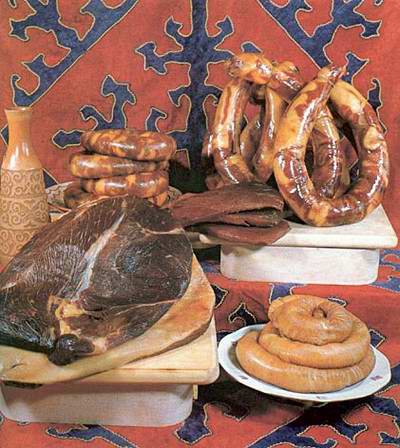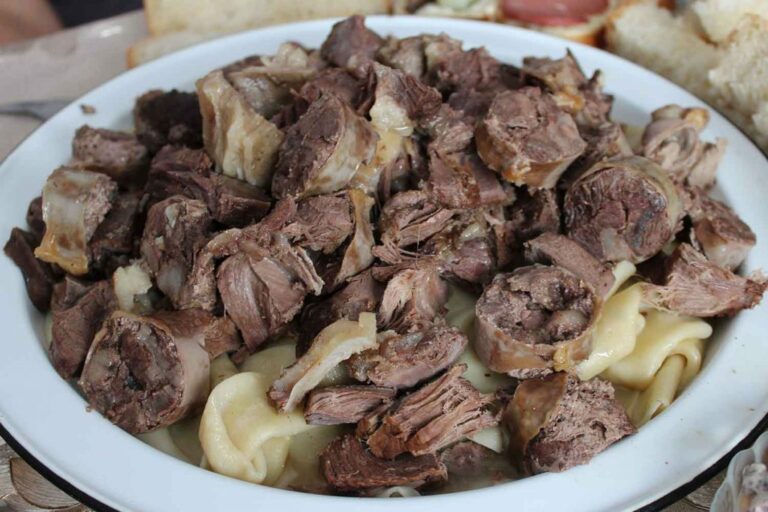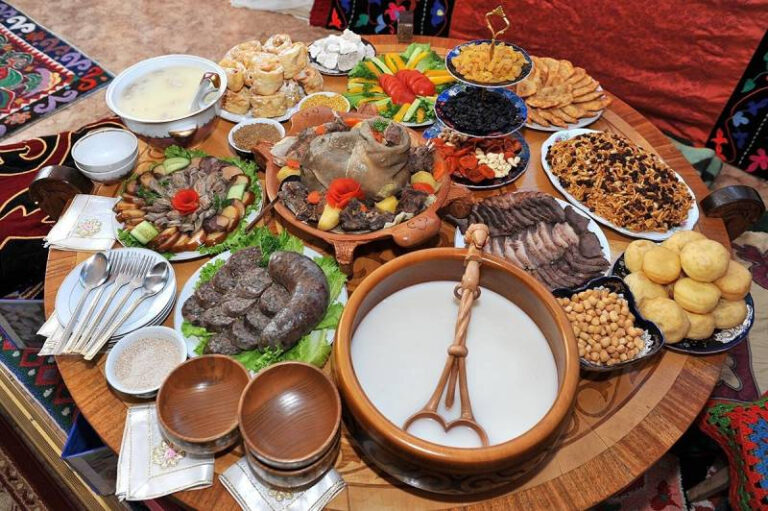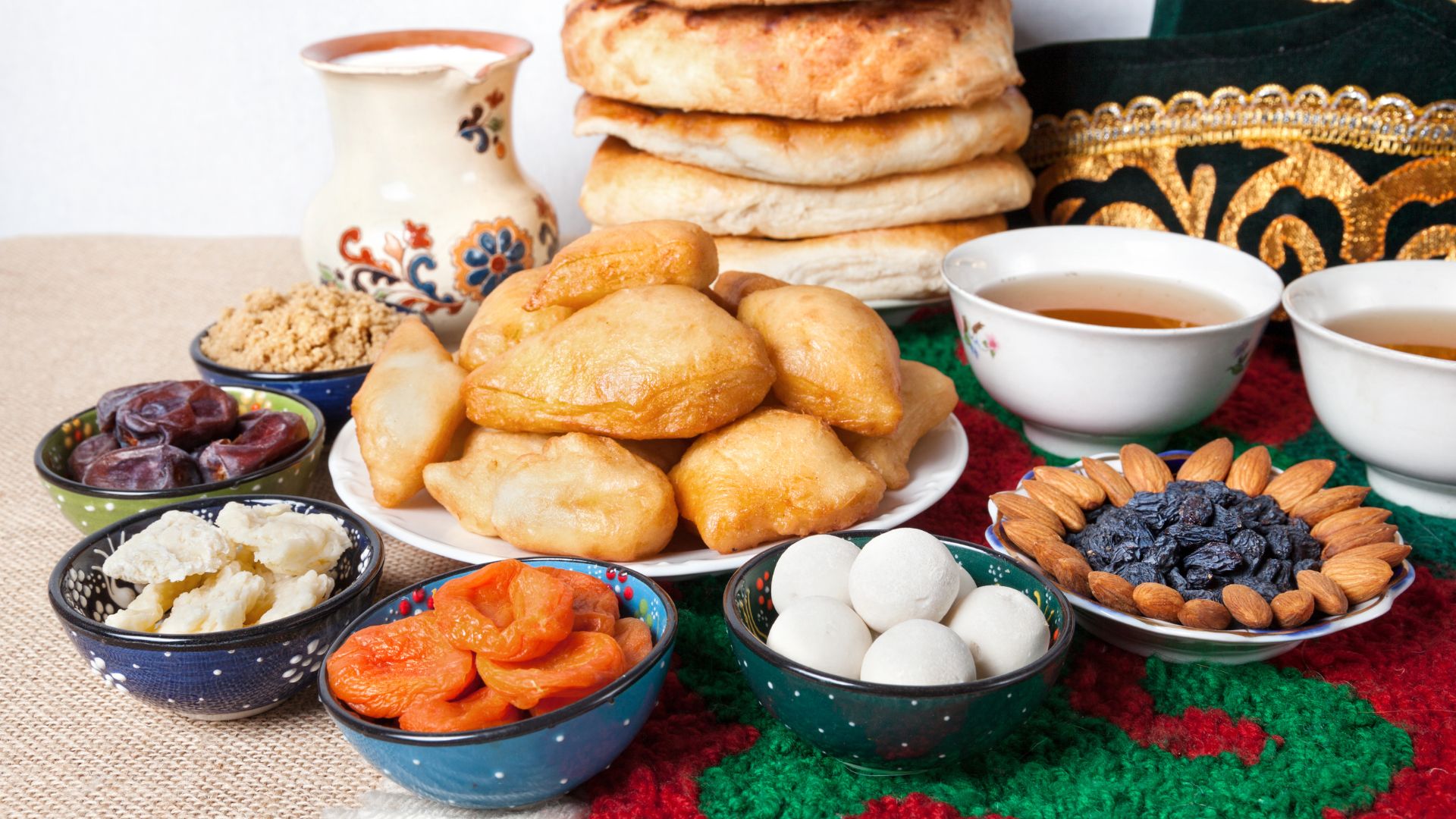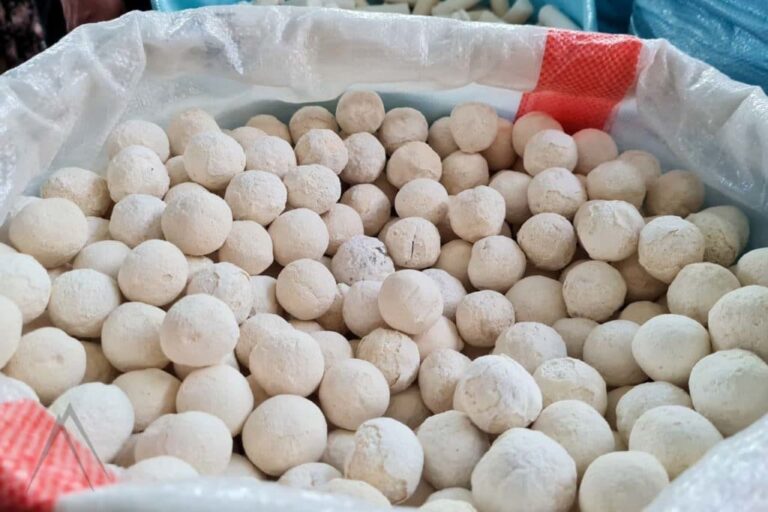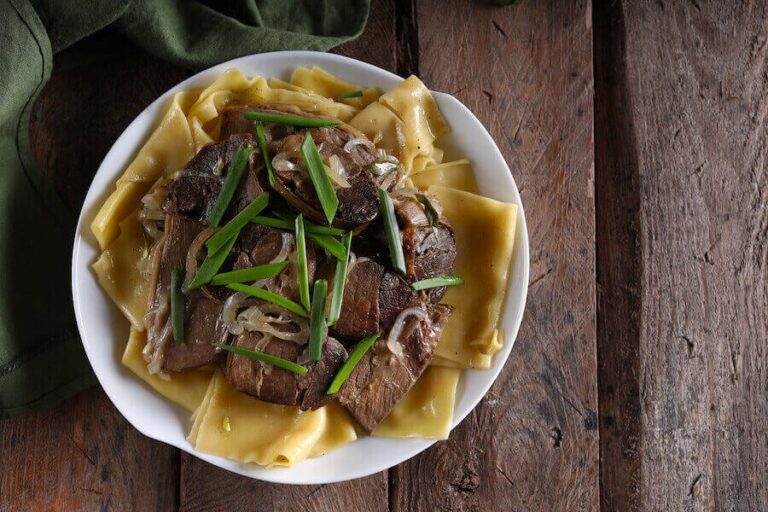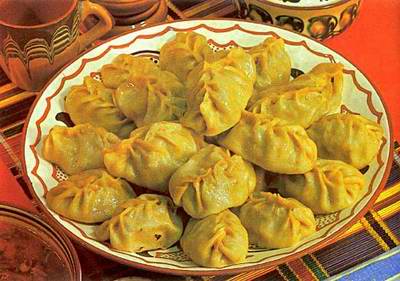Introduction to Kazakh Cuisine
Kazakh cuisine is a reflection of the country’s nomadic and agricultural heritage. Located in Central Asia, it is heavily influenced by its neighbouring countries, such as China, Russia, and Turkey. The cuisine of Kazakhstan is known for its hearty and flavourful dishes, often featuring meat, dairy products, and wheat-based products. Kazakh food can be categorized into three groups: meat-based dishes, dairy-based dishes, and grain-based dishes.
Meat-based Dishes in Kazakh Cuisine
Meat is a staple in Kazakh cuisine, and all parts of the animal are used in cooking. One of the most popular meat-based dishes in Kazakhstan is Beshbarmak, which means “five fingers” in Kazakh, named after the tradition of eating the dish with one’s hands. It consists of boiled meat (usually lamb or beef) served with thin sheets of dough and onion sauce. Another popular meat dish is Kuyrdak, which is made from the liver, heart, and other organs of a lamb, cooked with onions and spices.
Dairy-based Dishes in Kazakh Cuisine
Dairy products are also an essential part of Kazakh cuisine. One of the most popular dairy products is kumis, a fermented drink made from mare’s milk. Another popular dairy product is shubat, which is made from camel’s milk. Kazakhs also consume a lot of sour cream and yogurt, which are used in many dishes. One of the most famous dairy-based dishes in Kazakhstan is Kymyzshik, which is a soup made with kumis, beef, and potatoes.
Bread and Grain-based Dishes in Kazakh Cuisine
Bread and grain-based dishes are a staple in Kazakh cuisine. One of the most popular bread is baursak, which is a deep-fried doughnut-like bread that is often served with tea. Another popular dish is Manty, which is a steamed dumpling filled with meat and onions. Samsa is another popular dish, which is a baked pastry filled with meat and onion. The most common grain used in Kazakh cuisine is wheat, which is used in many dishes, including noodle dishes such as Laghman and Beshbarmak.
Tea and Drinks in Kazakh Cuisine
Tea is a popular drink in Kazakhstan, and it is served with most meals. Green tea is the most common, but black tea is also widely consumed. Drinking vodka is a common tradition in Kazakhstan, especially during celebrations. Kymyz, which is a fermented mare’s milk, and shubat, a fermented camel’s milk, are also popular drinks in Kazakhstan.
Desserts and Sweets in Kazakh Cuisine
Desserts and sweets are an essential part of Kazakh cuisine, and they are often served with tea. One of the most popular desserts is Baursaki, which are deep-fried doughnut-like pastries that are often served with honey or jam. Chak-chak is another popular dessert, which is made from deep-fried dough and honey. Sujuk is a sweet sausage stuffed with nuts, honey, and spices. Other popular sweets include Zhent, which is a sweet bread filled with nuts and sugar, and Kurut, which are small balls of dried sour cream.
In conclusion, Kazakh cuisine is a unique blend of nomadic, agricultural, and cultural influences that has produced a diverse range of dishes. These dishes are hearty, flavourful, and often made with locally sourced ingredients. Whether you are a meat lover, a dairy fanatic, or a bread enthusiast, Kazakh cuisine has something for everyone.

